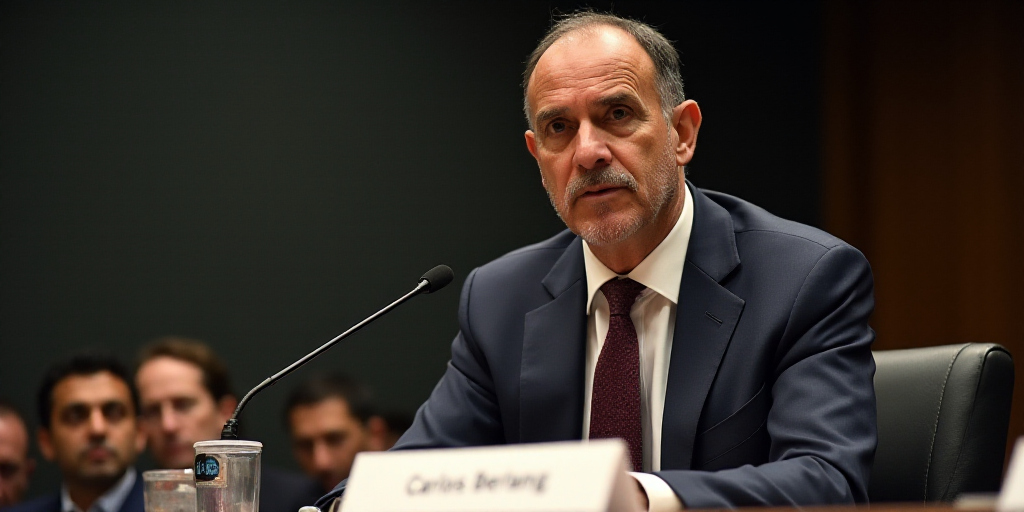Background on the Cosmetics Industry in Mexico
The cosmetics industry in Mexico is a significant player, with annual sales amounting to 412 billion pesos. This industry is the regional leader in international trade, exporting more than the entire Latin American region combined. Mexico’s role in the global market is substantial, as highlighted by Rosa María Sánchez, director of the Cámara Nacional de la Industria de Productos Cosméticos (Canipec).
Importance of Asian Materials
The cosmetics industry imports approximately 80% of its raw materials from countries without free trade agreements with Mexico, including China, India, Brazil, and South Korea. These countries are major suppliers for global cosmetics companies, especially for hair dye components and other products.
Challenges Facing the Industry
The industry grapples with rising informality, growing at a rate of 10% annually while the formal sector only advances by 5%. This issue is exacerbated by theft and smuggling, leading to the illegal sale of cosmetic products in informal markets.
Industry Leaders’ Perspective
Carlos Berzunza, president of Canipec and leader of private organizations representing major beauty and home care companies like Genomma Lab, Grisi, Jafra, Kimberly-Clark, L’Oréal, LVMH, Natura, Pierre Fabre, P&G, Reckitt, Rexona-Sedal, SCJohnson, Colgate, and others, emphasized that the Plan Mexico should focus on long-term strategies to attract new investments.
Government’s Tariff Plan
The federal government announced tariffs ranging from 30% to 50% on various customs fractions for sensitive sectors importing from China, India, South Korea, Thailand, and others. This initiative is currently under legislative review for approval.
Industry’s Concerns
Berzunza stressed that the problem is not the origin of products but their illegal entry. He mentioned issues like contraband, non-compliance with health requirements, tax evasion, and unverified ingredient regulations.
Key Products and Market Performance
The shampoo, cream, treatment, oral care, perfume, and cosmetics sectors acknowledge the existence of low-quality finished products. However, certain raw materials are crucial for national production.
Sector Performance
By the end of 2024, the personal care sector exported $3.254 billion and imported $2.823 billion, while the home care sector exported $907 million and imported $354 million. The personal care sector reported a 4.1% accumulated growth from January to August of this year, with solar protection (6.7%), fragrances (5.5%), and hair care (4.7%) showing the highest growth.
Canipec’s Involvement in T-MEC Review
Canipec has a seat at the T-MEC negotiation table, ensuring their interests are well represented during the review process.
Key Questions and Answers
- What is the main concern of the cosmetics industry? The industry’s primary concern is the illegal entry of products, not their origin. They aim to address issues like contraband, non-compliance with health requirements, tax evasion, and unverified ingredient regulations.
- Why are Asian countries important for the cosmetics industry? China, India, Brazil, and South Korea are major suppliers of raw materials for global cosmetics companies. These countries provide essential components, such as hair dye ingredients.
- What is the current state of the Mexican cosmetics industry? The industry has annual sales of 412 billion pesos, making it the regional leader in international trade. Mexico exports more than the entire Latin American region combined.
- What tariff plan has the federal government announced? The government plans to impose tariffs ranging from 30% to 50% on various customs fractions for sensitive sectors importing from China, India, South Korea, Thailand, and others.
- How has the cosmetics sector performed recently? The personal care sector reported a 4.1% accumulated growth from January to August of this year, with solar protection (6.7%), fragrances (5.5%), and hair care (4.7%) showing the highest growth.






